Off the Beaten Path Safari Destinations in Africa
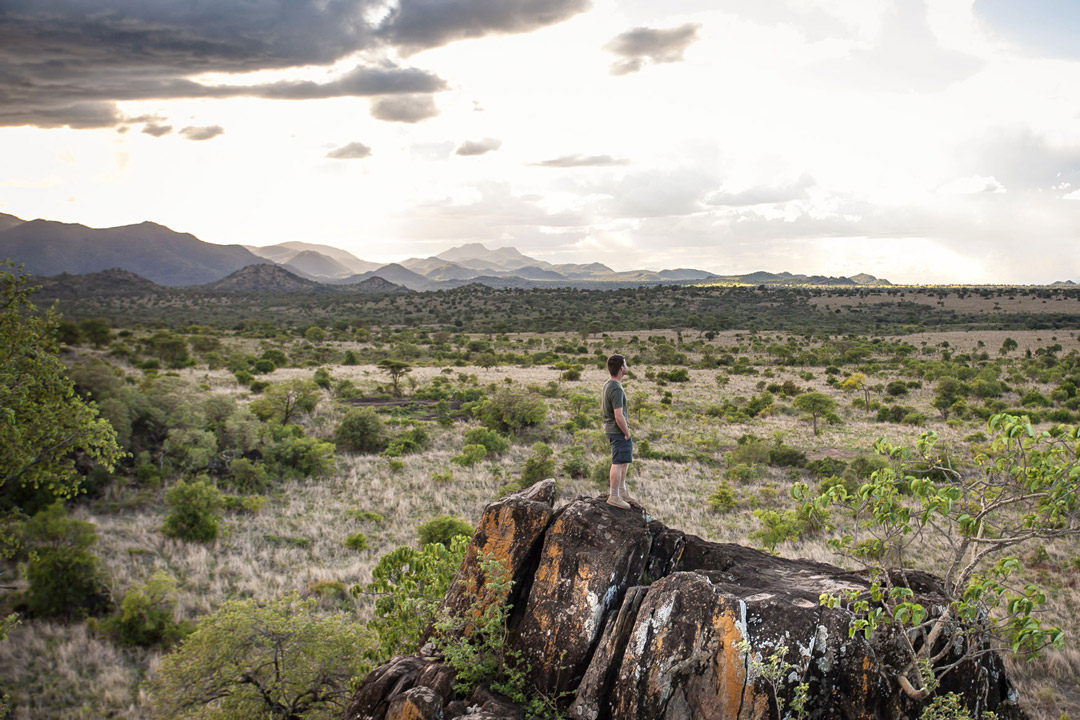

Africa is vast, over three times the size of the United States. Yet the most popular areas, like Kruger National Park or the Serengeti, draw most safari travelers. People often miss other excellent options in South Africa and Tanzania, and countries like Uganda, Zambia, or Zimbabwe are classic safari destinations that often fly under the radar of most Americans. Other places like Malawi, Mozambique, and Congo are emerging as exciting new options to immerse yourself in the wild. We love taking the road less traveled, so we’ve compiled a list of some of our favorite places to safari off the beaten path.
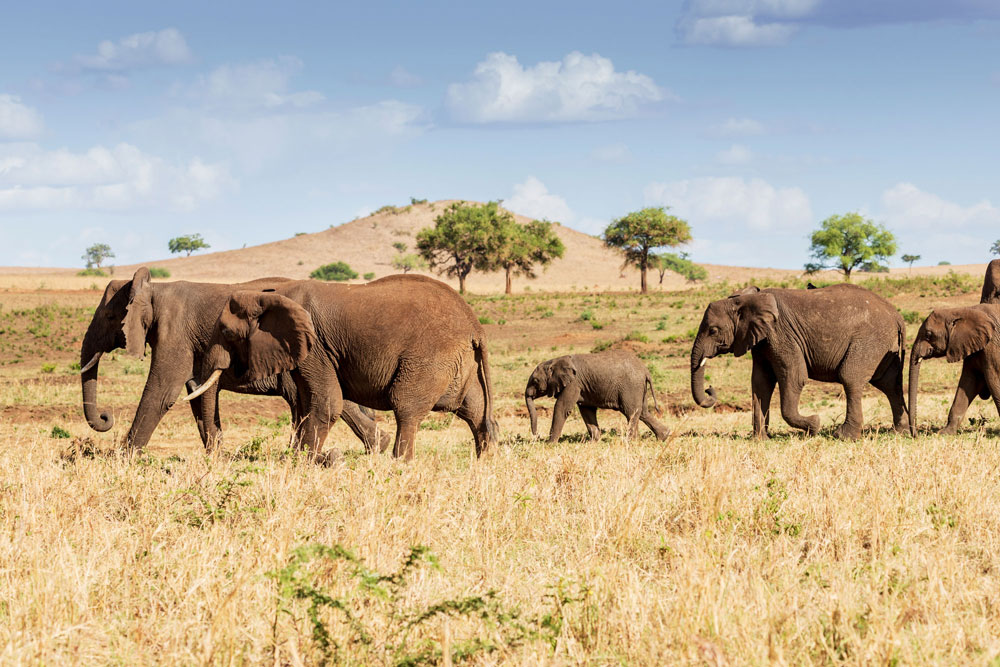
Kidepo National Park is located in Uganda’s far north along the border with South Sudan. The 557 square mile nature reserve isn’t the green gorilla highlands of Uganda but a drier savannah landscape home to lions, elephants, and other plains game. Because of its remoteness, visitors usually fly in and out of Entebbe as part of a longer itinerary. Our favorite place to stay here is Apoka Safari Lodge, a ruggedly luxurious outpost perched atop a rocky kopje with expansive views of the park.
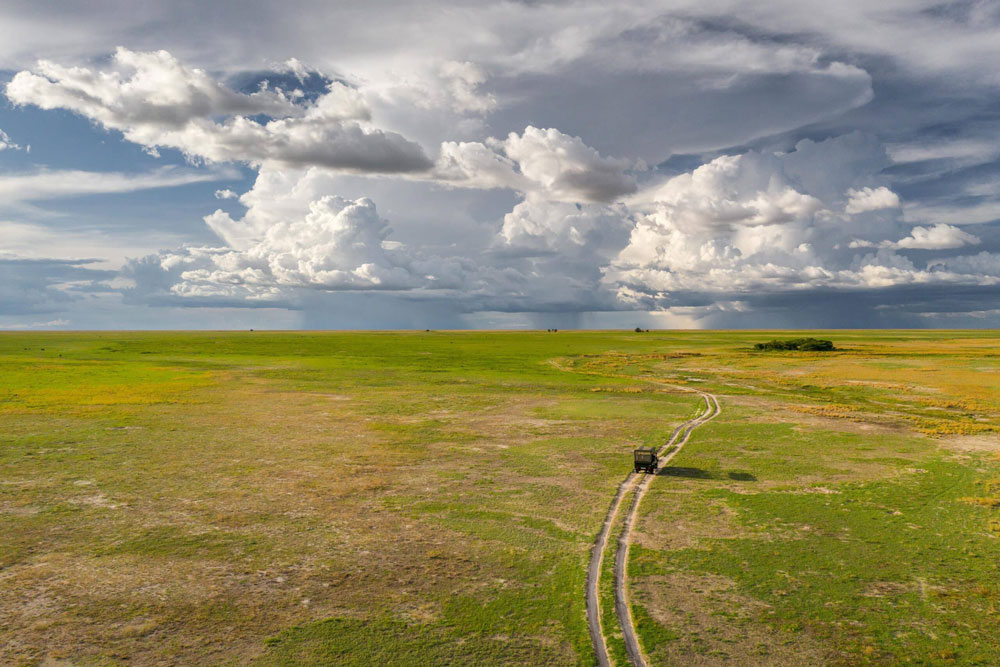
Zambia is one of our favorite safari destinations, and Liuwa Plain National Park in the western part of the country is one of its least visited places. This is surprising considering that it is home to the second-largest wildebeest migration on Earth after the Serengeti. Dramatic storms shower the broad floodplain in May, and wildebeest herds numbering 30,000 animals begin to gather and move northward, only to return in October at the end of the rainy season. This weather makes for fantastic canoe safaris in January, as the plains are still flooded with water. Time + Tide’s stylish King Lewanika is the only permanent camp in the park and one of our favorite hideaways in Africa.
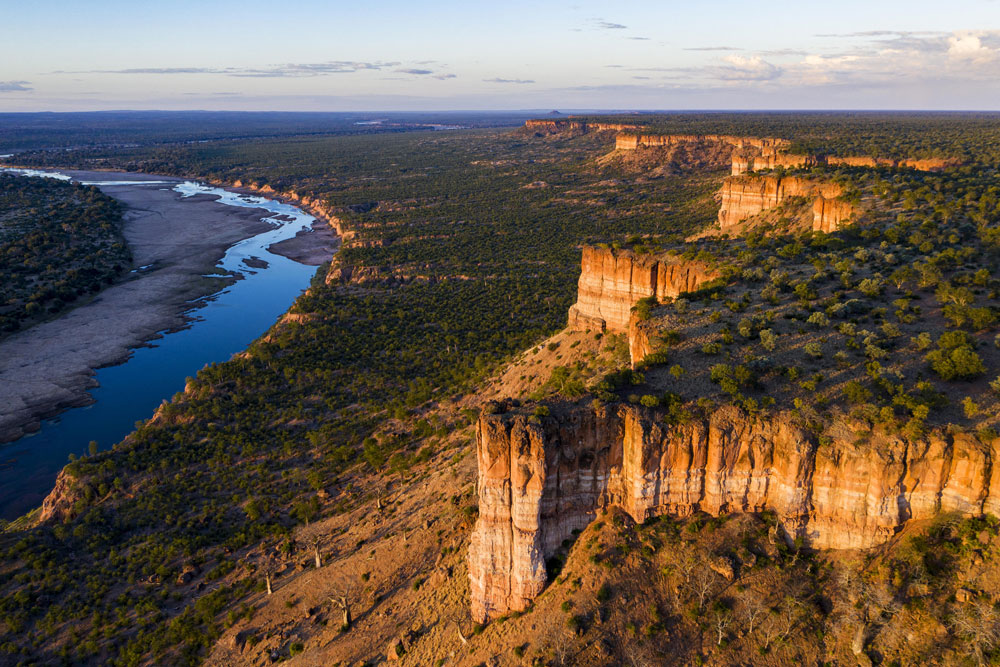
With an area of over 3,000 square miles, Gonarezhou is Zimbabwe’s second largest National Park. Still, it is seldom visited due to its location in the country’s far southeast. The park is part of the Great Limpopo Transfrontier Park that crosses the border into Mozambique and South Africa and includes the Kruger National Park. Its landscape is crisscrossed by rivers lined with dramatic red sandstone cliffs and dotted with baobab trees and thousands of grazing elephants. Lions, cheetahs, wild dogs, hippos, and giraffes also roam this wilderness. The best safari lodge in the area is Chilo Gorge, perched along a cliff with a scenic view of the Save River below.
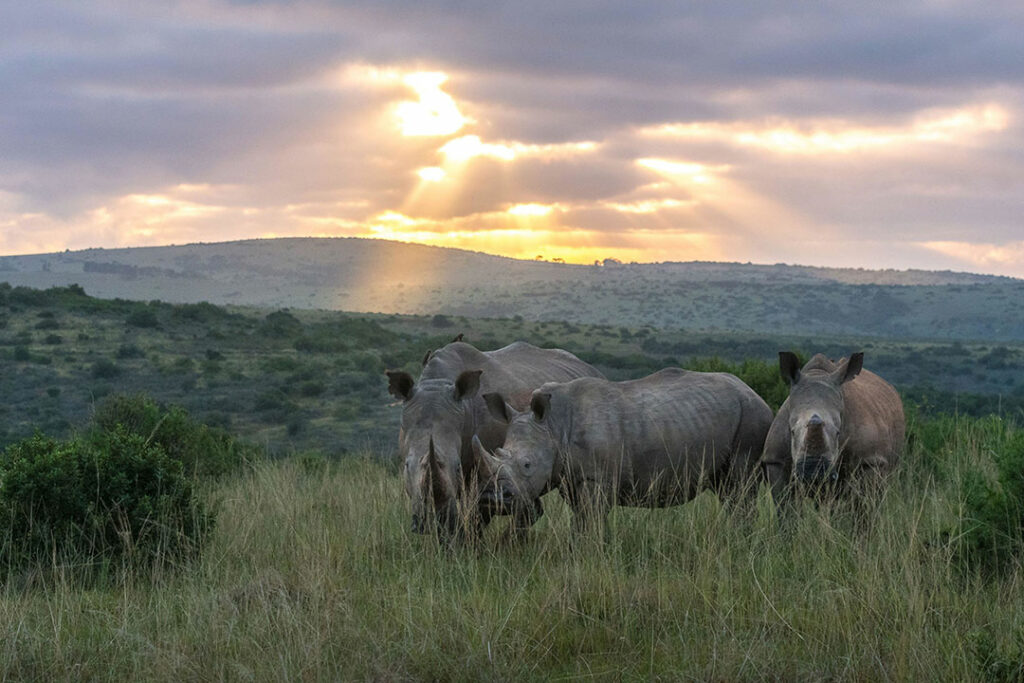
South Africa’s Eastern Cape isn’t exactly a secret; Many travelers visit it as part of a Garden Route drive from Cape Town to Port Elizabeth (Gqeberha). Still, Cape safaris are often overshadowed by the Greater Kruger area’s more well-known reserves. However, in the past 20 years, the quality of the wildlife experience in the Cape has been transformed, and you no longer need to fly to the other end of the country for a world-class luxury safari. Kwandwe and Shamwari are two massive reserves of over 50,000 acres each that are leading the way. Here you’ll see herds of elephants, giraffes, and rhinos that rival anywhere in the country. As a bonus, the area is malaria-free and much drier than Kruger in December through March.
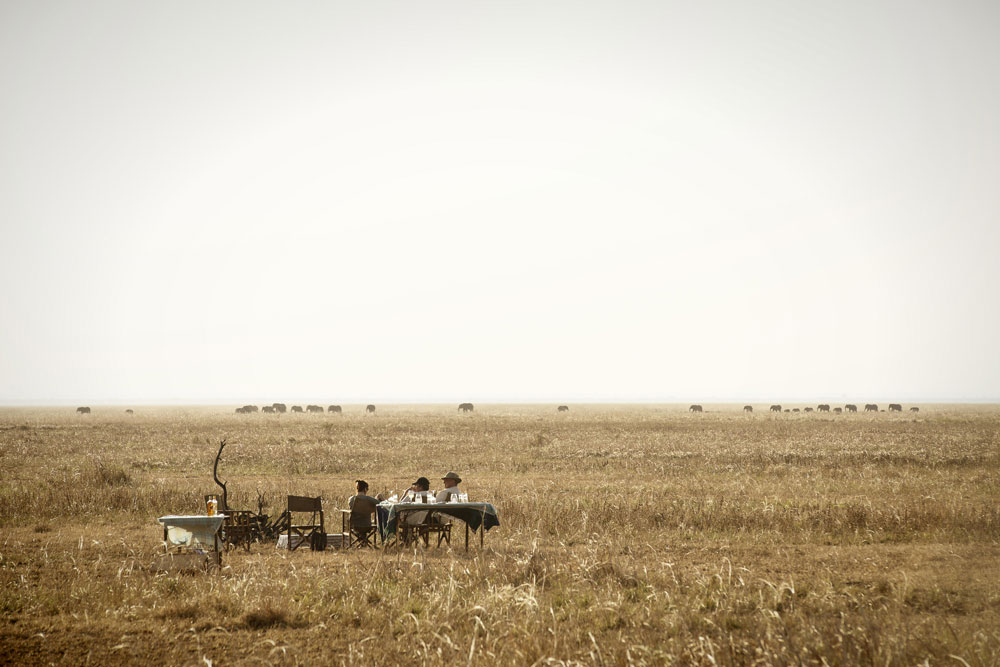
Katavi National Park in southwestern Tanzania is a taste of what safaris used to feel like in East Africa before the Serengeti was developed into an international destination. Katavi is the third largest park in Tanzania, but it is far removed from the busy north. The landscape here includes over a million acres of floodplains, grasslands, and forests supporting large numbers of plains game, including some of Africa’s largest herds of buffalo. We love staying at Chada Katavi because of its classic safari feel. Even better are the fly camping expeditions that they organize, which put you even closer in touch with the wild.
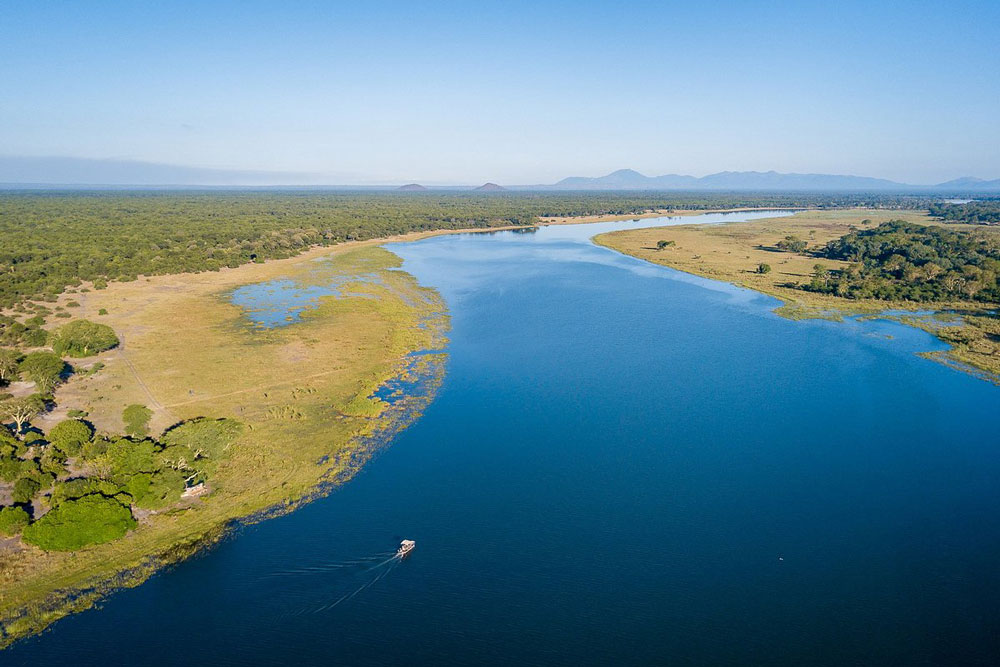
Until recently, Malawi was off the safari circuit, but it has slowly opened up to tourists over the past decade. Liwonde National Park lies south of Lake Malawi on the banks of the Shire River, a large tributary of the Zambezi. It is one of Malawi’s most popular safari destinations due to its location between Lilongwe and Blantyre. However, popularity is relative, and compared to other destinations, you will likely see few other tourists in the park’s 135,000 acres. Here you can safari by boat to see hippos, crocodiles, and elephants along the riverfront. More traditional game drives and walking safaris venture inland for sightings of lion, cheetah, rhino, and a variety of antelope. The park has a few nice camps, but we enjoy Kuthengo Camp because of its traditional canvas style.
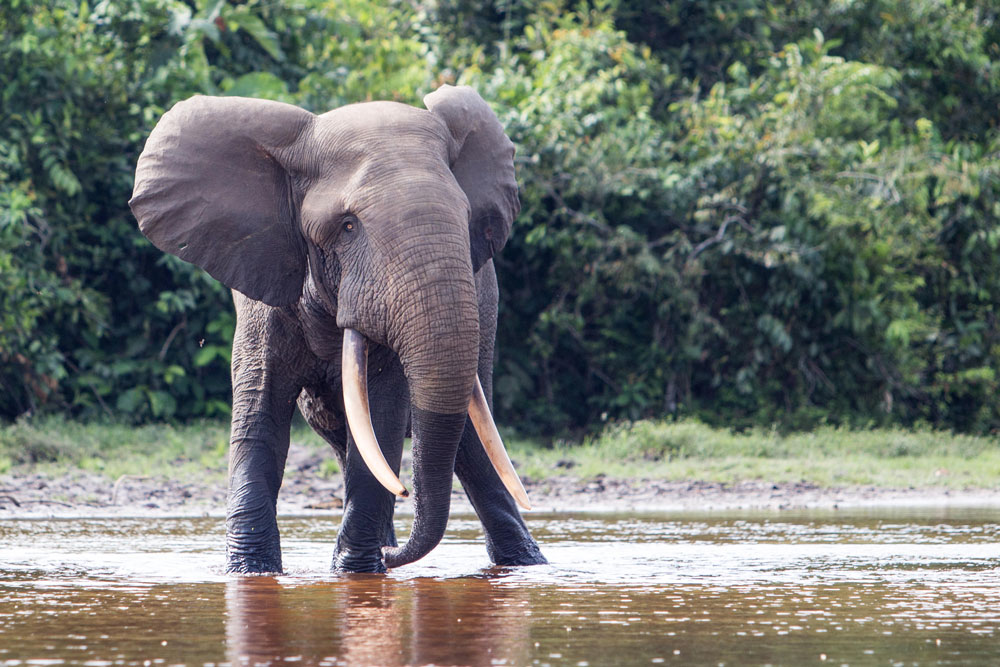
The Republic of Congo is home to the world’s second-largest rainforest, the Congo Basin. Tourists rarely visit these dense jungles, but they are home to large herds of forest elephants and troops of lowland gorillas. Accommodation here is comfortable but not what you would call luxurious. No matter – the people and wildlife are fantastic. Lango Camp, perched on stilts above Lango Bai, has incredible viewing of elephants and other forest creatures looking for salt in the mineral-rich waters. Alternatively, Ngaga Camp is one of Africa’s best places to see Western Lowland Gorillas.
Congo should not be confused with its neighbor, the Democratic Republic of Congo (DRC). Travel in Congo is rated as just as safe as in South Africa by the State Department.
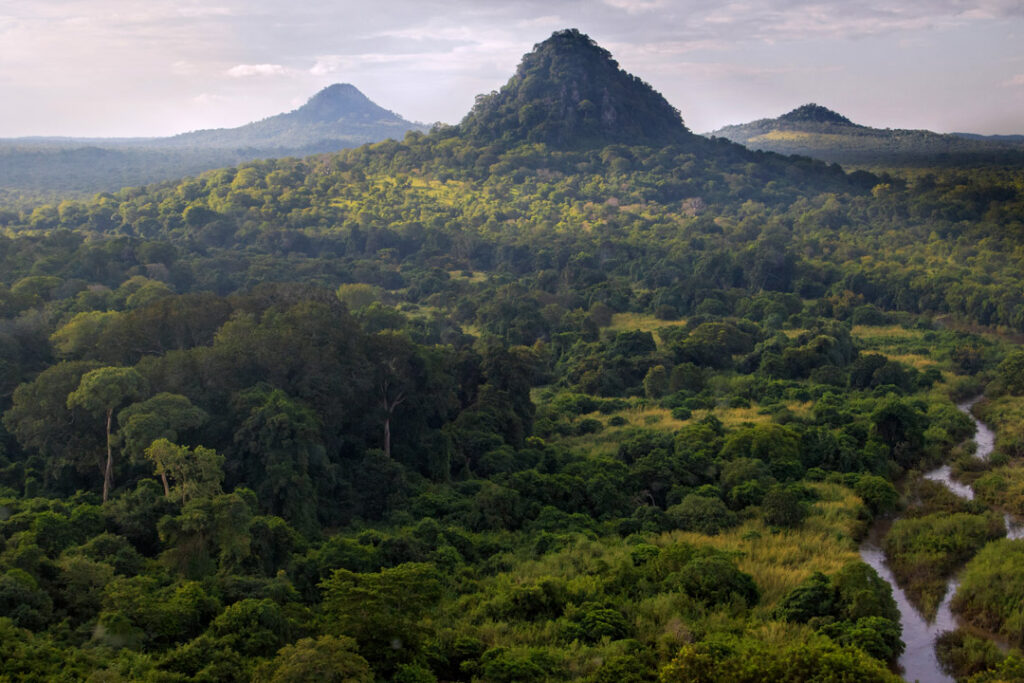
Gorongosa was once Africa’s premier safari destination, but it endured persistent hunting, civil war, and natural disaster over the past century. This depleted the abundant wildlife the park was known for, and only small populations remained at the turn of the century. However, over the past decade, the Mozambican government, in partnership with the Carr Foundation, has been working to change that by translocating thousands of animals from South Africa. It has been a study in the resilience of landscapes and their power to heal if given the opportunity. Their tourism offering has slowly grown alongside the rewilding. In the past year, Muzimu Lodge opened, finally giving the park a stylish tented camp to compete with the rest of Africa. We can’t wait to visit!
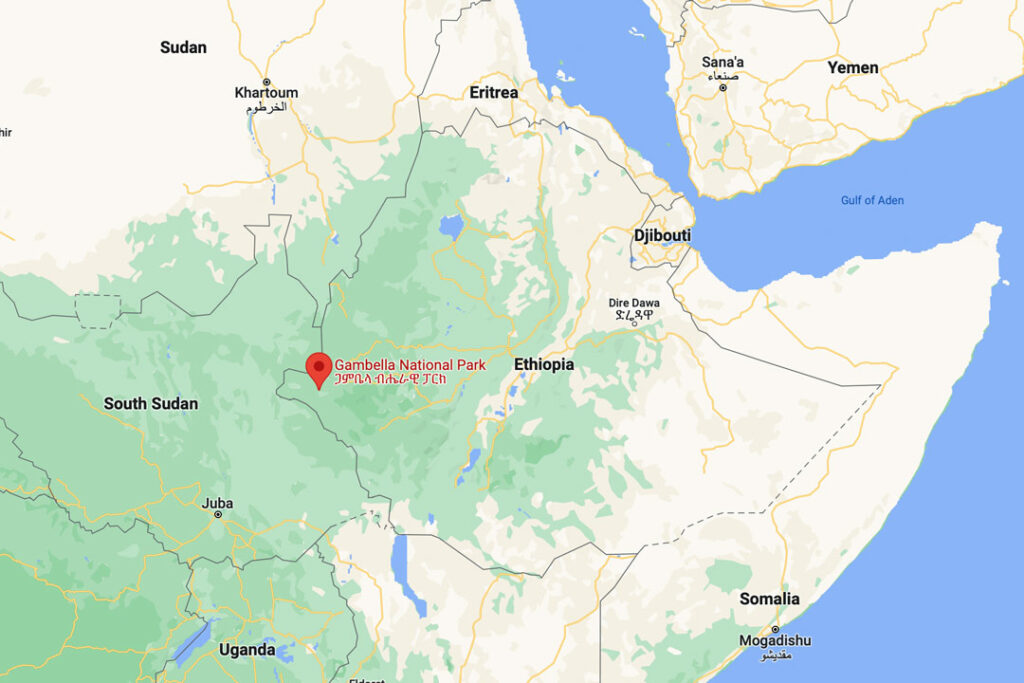
Gambella National Park in far western Ethiopia is rarely visited despite being the country’s largest national park. For much of its history, it has not been well managed. Despite this, the park is home to the largest population of lions, giraffes, and elephants in Ethiopia. Of particular interest is the white-eared kob migration that moves from South Sudan into the park. It is one of the largest mammal migrations on earth, with an estimated 1 million kob and other animals, which is second only to the Great Migration in Tanzania and Kenya. Tourist infrastructure is limited to one remote tented camp, which makes it an ideal destination for the intrepid explorer.
We combine expert knowlege with creative itineraries to make your travel dreams a reality. Contact us for a free consultation.

Get monthly travel news, destination guides, and seasonal offers delivered to your inbox.